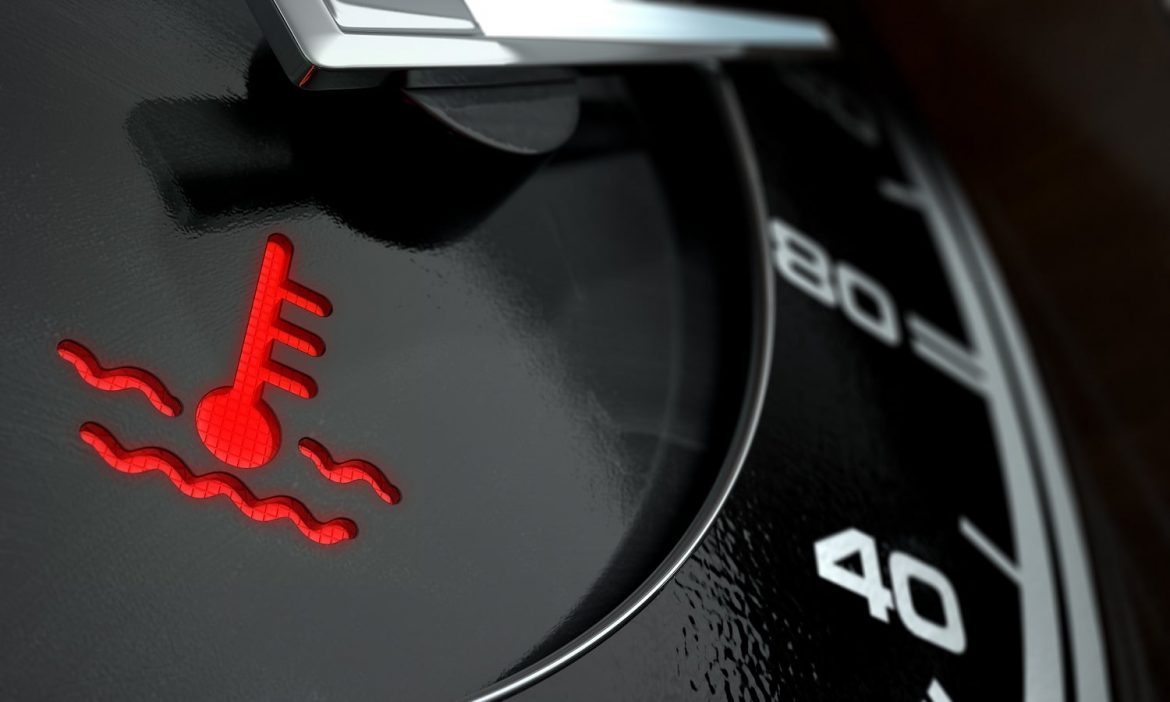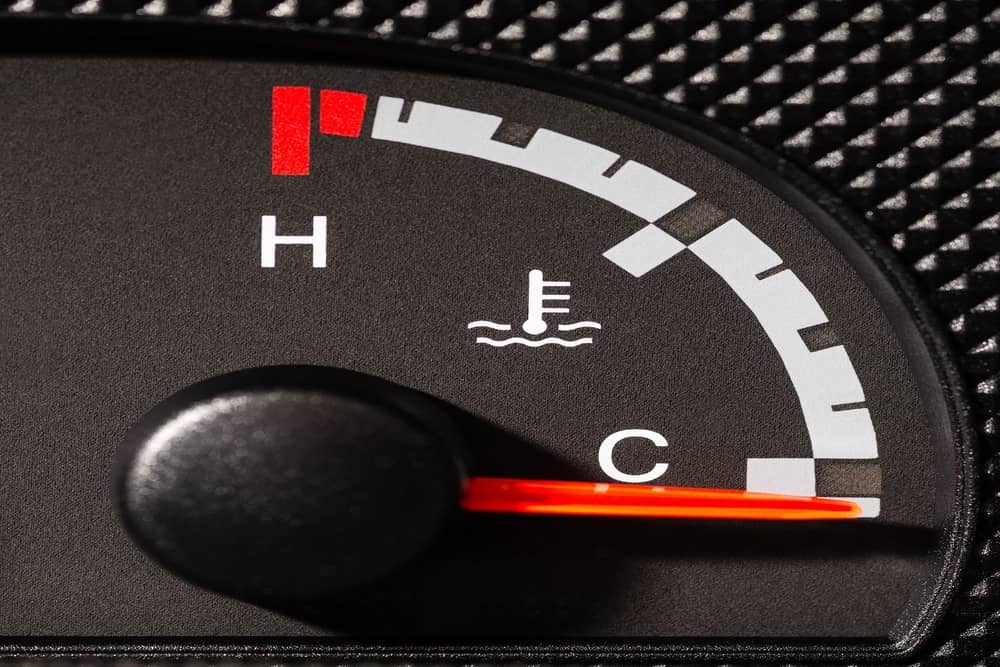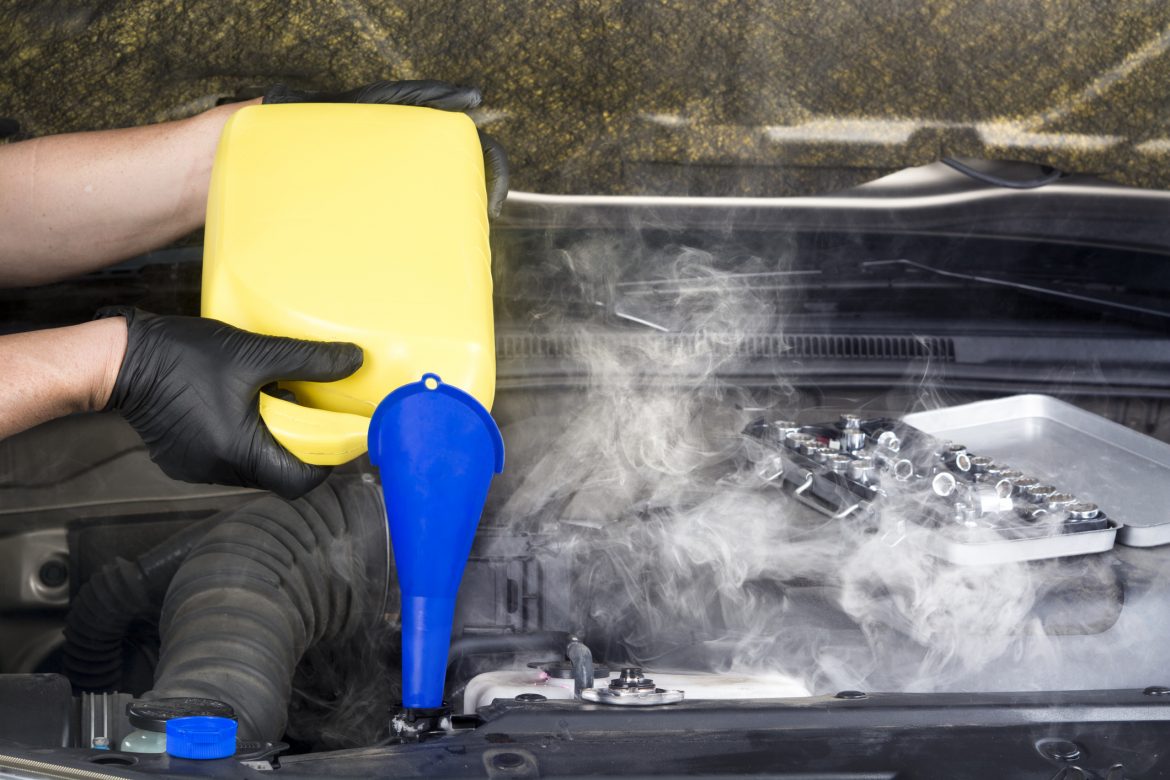If you have a Subaru vehicle, you may need to use a special Subaru coolant conditioner to protect the head gasket and prevent leaks.
Just as “the hip bone is connected to the knee bone” (okay, not directly), all the parts of a car affect each other. That is because an automobile is a series of integrated machines that work together in harmony to propel the vehicle, keep the parts lubricated and cool, contain air, gas, fuel, fire, and liquids in their appropriate vessels and keep the human occupants of the cabin comfortable.
About 20 years ago, problems with head gasket leaks became apparent in Subarus, particularly with the 2.5-liter Legacy, Outback, Impreza and Forester engines. The problem prompted the company to issue a recall and recommend the use of coolant conditioner at every coolant change. The idea was to plug leaks in the head gasket before they occurred.
Why was this such a critical problem? Because head gasket leaks can be catastrophic. The head gasket separates the combustion chamber of the engine – where fire, air, and vaporized gasoline cause explosions – from the mechanical parts of the engine that move up and down, back and forth, and require lubrication and coolant. The head gasket keeps the coolant and lubricating oil out of the combustion area and the high heat and pressure of combustion away from the moving parts. Any leak across that barrier can literally destroy the engine and require a total overhaul costing thousands of dollars.
Head gaskets are relatively simple and inexpensive pieces of metal that basically function as a wall. They don’t actually do anything. So replacing them is quick, easy and cheap, right? Not so fast. The head gasket sits behind just about everything under the hood, requiring a near-complete disassembling of the engine in order to remove and replace it. Replacing a head gasket can bre a couple-thousand-dollar proposition.
In other words, neither you nor your car’s manufacturer wants to see your Subaru Forester head gasket damaged. An effort to protect the head gasket prompted the recommendation by Subaru to use coolant conditioner whenever changing the coolant. Over the 20+ years since the problem was discovered, this simple solution seems to have ended the problem. Some users have been put off by the white crystals floating in the solution that looked like they could harm the engine.
Head Gasket Sealer Protects Subaru Parts
But here’s the rub: If you go to the store and buy Subaru coolant conditioner, what you’re really buying is a stop leak formula, just like BlueDevil Head Gasket Sealer. BlueDevil Head Gasket Sealer:
- Is safe in all Subarus
- Contains no solid particulate matter that can harm the vehicle’s engine
- Will seal head gaskets, warped or cracked heads, heater cores and freeze plugs
- In comparison to a head gasket replacement it is inexpensive and easy to use as a solution to leaks
You could add Subaru’s coolant conditioner, or even better, pour a bottle of Head Gasket Sealer into the cooling system for the best overall result.
Sources of Coolant Leak
The head gasket isn’t the only source of coolant leak, just the most disastrous. In fact, a coolant leak is a problem that can cascade into big trouble for the functioning of the automobile if you don’t address it. Let’s take a look at the issues that might lead to a coolant leak:
- Radiator damage: Radiators take in liquid at near boiling temperatures and hold it while the radiator fan blows off the heat before sending the coolant back towards the engine to continue the job of cooling it. This continuous process involving dramatic heat gradients and time can cause corrosion. Additionally, the radiator is susceptible to the elements, like road debris that can cause damage from impact.
- Damaged hoses and seals: Age can also wear out hoses, turning them brittle and prone to damage. This is particularly so at the joints where seals and gaskets attach two parts to each other. The hoses are made of rubber and should be replaced along with the clamps, seals, and gaskets about every 60,000 miles as a precaution.
- Faulty radiator cap: The cap maintains the correct pressure in the radiator and is entirely dependent on a rubber seal to perform its job. That seal can become hard and cracked over time, allowing coolant to leak and lowering the boiling point of the fluid inside. A Subaru radiator cap is spring loaded for a tight seal, so if it isn’t properly attached, or gets damaged by dirt and debris, there is another opportunity for leakage.
- Water pump failure: The water pump is driven by the engine and circulates coolant throughout the cooling system, ensuring even distribution of heat. If the water pump malfunctions, it may leak coolant or fail to circulate it properly, causing engine overheating and coolant loss. Subaru recommends water pumps be replaced on most models every 100,000 miles.
- Heater core issues: The heater core is a small component used to siphon heat from the engine into the cabin when the heater is turned on. When it develops a leak, coolant can leak into the vehicle’s interior, leading to a wet floorboard, foggy windows, and a distinct coolant odor inside the car. Changing coolant regularly goes a long way to ensuring the heater core can continue to function properly.
The common denominator for avoiding all these problems to the extent possible is regular maintenance. If parts begin to wear out, corrode, crack or warp, your Subaru car care professional should be able to diagnose them on regular checkups before they become larger problems. Because Subaru’s unique engine design presents unfamiliar challenges to those who don’t specialize in this brand, it makes sense to bring it to a Subaru dealership or mechanic. In addition, you can remain alert for fluid leaks by checking under the car when parked and spotting drips before they become floods. Coolant is sweet-smelling and usually orange or green but can also be yellow or pink.
How to Drain Coolant From the Engine Block
Most car manufacturers recommend flushing the radiator every 40,000 to 60,000 miles. This has numerous benefits that include replacing old coolant with new, cleaning out any impurities, and removing any rust from the radiator. Doing so can extend the lives of the hoses, seals, and water pump as well. A great product that you can use is BlueDevil Radiator Flush.
Because draining the engine block is another essential maintenance task, it makes sense to do so at the same time you’re flushing the radiator. Draining the engine block refers to removing the coolant that is trapped within the engine’s cooling passages and block. The engine block is a critical part of the engine where the combustion process takes place and where most of the heat is generated. Some coolant can get trapped within the engine even after flushing the radiator, which is why draining the engine block is necessary for a complete cooling system maintenance.
Here’s how to drain the engine block:
First, always turn off the engine and ensure that it has cooled down before starting any procedure under the hood. This will prevent burns, in this case from hot coolant. Also, make sure the vehicle is parked on a level surface and that you are wearing goggles and gloves to avoid being splashed by hot fluids.
You will need the following items:
- Safety goggles and gloves
- Drain pan or container
- Coolant funnel or hose
- Wrench or socket set
- Funnel
- Water source
- Replacement coolant
- BlueDevil Radiator Flush
Next, locate the engine block coolant drain plug. Refer to your vehicle’s owner’s manual to find the exact location of the drain plugs for your specific engine model. This is usually found at the rear of the engine block, underneath it. The drain plug looks like a bolt in the engine block without anything attached to it.
Slowly loosen but don’t remove the radiator cap using a towel in case hot coolant under pressure is bubbling beneath the surface. This will allow air to enter the system and coolant to drain out smoothly.
Place the drain pan under the engine block coolant drain plug and remove the drain plug using a hand or socket wrench. Move your face away from the drain plug because coolant will start flowing into the drain pan. Allow the coolant to drain completely into the drain pan, which may take a while. Let every bit drip out. When that is complete, screw the drain plug back on, being careful not to over-tighten it. If it appears worn or damaged, replace it.
At this point, you would do your radiator flush. For step-by-step instructions, click here.
Now you are ready to refill the system with new coolant. Refer to the owner’s manual for the type of antifreeze/water mix (or pre-mixed coolant) to use. Remember that Subaru recommends its additive – either coolant conditioner or good old gasket sealer. Remove the radiator cap and pour the coolant and additive into the radiator. Use a funnel for this if the coolant bottle has a wide neck.
You’re now ready to start the engine and run it for a few minutes to circulate the new coolant. Put the radiator cap back on and you’re ready to go. Oh, close the hood!
If this is all too much for you, bring it to your car care professional. It’s a fairly simple procedure that shouldn’t break the bank.
BlueDevil Products can be found on Amazon.com or at AutoZone, Advance Auto Parts, O’Reilly Auto Parts, NAPA, and other major auto parts retailers.
Related Articles



